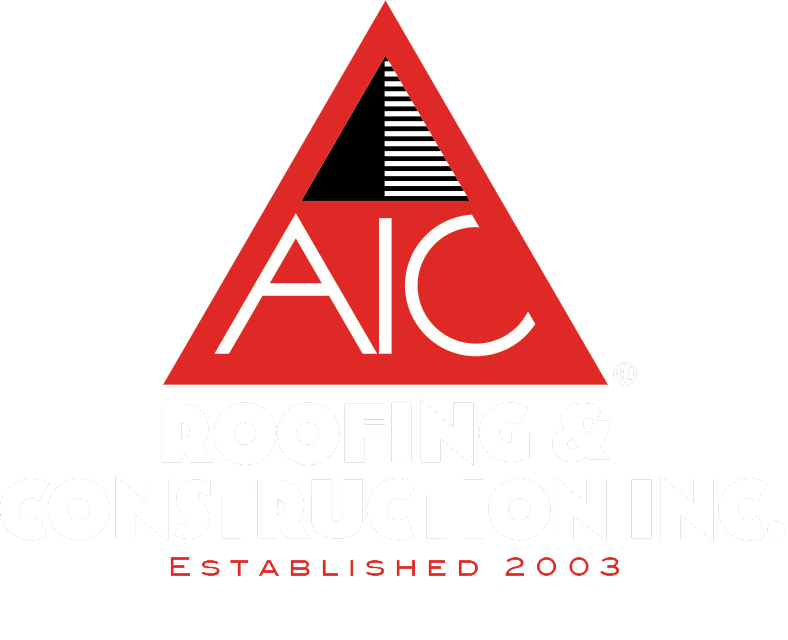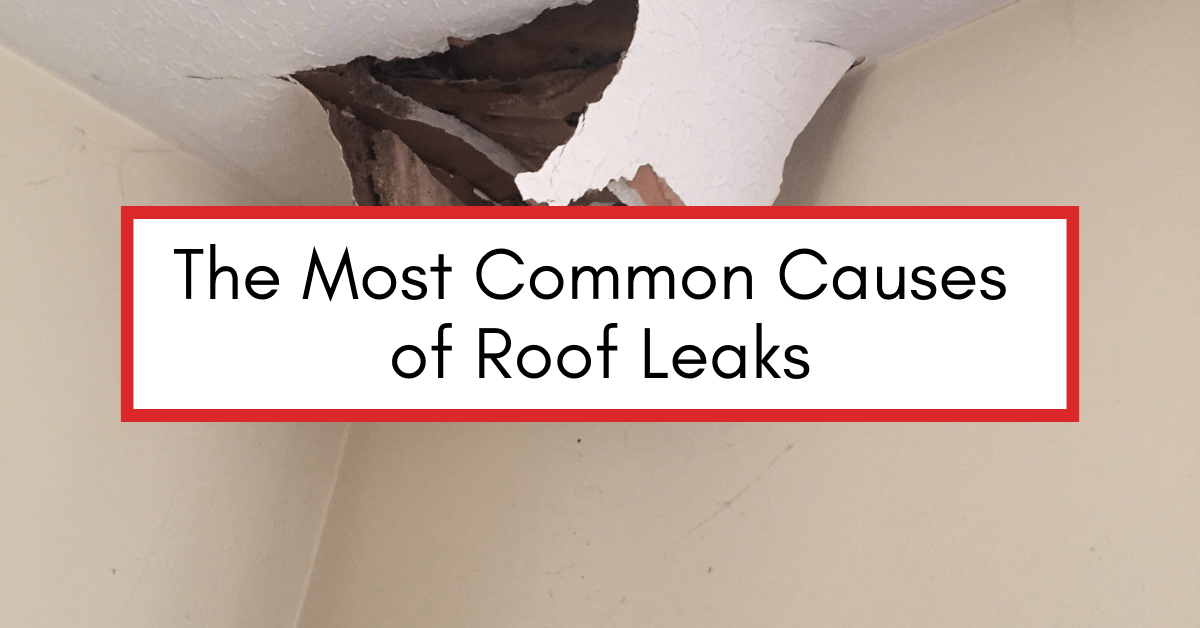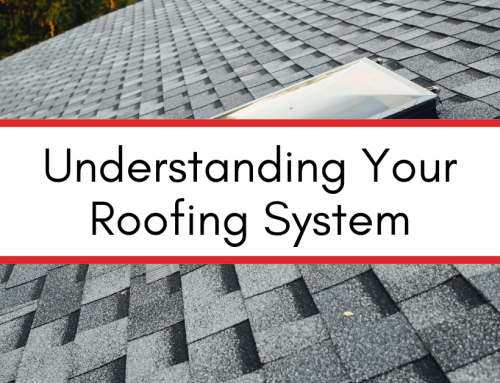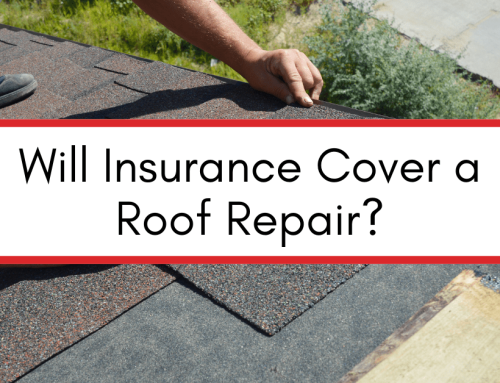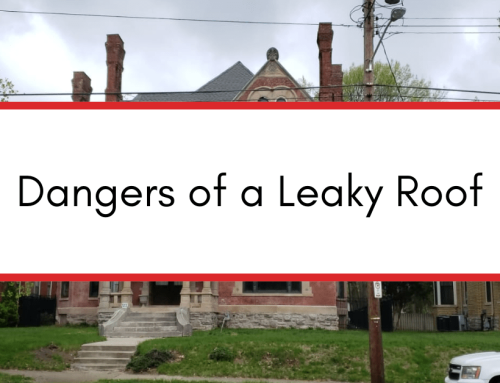Your roof is one of the most important parts of your home. It protects you and your belongings from the elements, ensuring that you stay safe and dry. However, over time, your roof may develop leaks, which can cause significant damage to your property if not addressed promptly.
The AIC Roofing and Construction team has served Central Kentucky since 2003. Since then, we’ve replaced over 10,000 roofs and have earned a reputation for quality and transparency from the community. In this article, we will explore the most common causes of roof leaks and how to identify them.
Understanding Roof Leaks
A roof leak occurs when water penetrates the protective barrier of your roof and enters your home. It can start as a small drip but can quickly escalate into a larger problem if left untreated. Understanding how to identify a roof leak can help you to act quickly if you notice a leak in your home.
What is a Roof Leak?
In simple terms, a roof leak refers to any opening or damage in your roof that allows water to enter your home. It can be caused by various factors, such as age, wear and tear, or severe weather conditions.
The Impact of Roof Leaks on Your Home
Roof leaks can have a significant impact on your home. They not only cause water damage to your ceilings, walls, and floors but can also lead to the growth of mold and mildew. Apart from compromising the structural integrity of your home, mold growth can pose serious health risks to you and your family.
When water seeps through your roof, it can create a host of problems. The water can damage the insulation in your attic, leading to decreased energy efficiency, increased utility bills and even worse – mold. Additionally, the water can cause the wooden structure of your roof to rot, weakening its overall integrity. This can eventually lead to more serious issues, such as a collapsed roof or extensive structural damage.
Roof leaks can also result in cosmetic damage to your home. Stains and watermarks may appear on your ceilings and walls, diminishing the aesthetic appeal of your interior. These unsightly marks can be difficult and costly to remove, requiring professional cleaning or even repainting.
Another consequence of roof leaks is the potential for electrical damage. If water infiltrates your home’s electrical system, it can cause short circuits and electrical fires. This poses a significant safety hazard to you and your family, as well as the risk of damage to your valuable electronic devices and appliances.
In addition to the physical damage, roof leaks can also have a negative impact on your mental well-being. The constant worry and stress of dealing with a leaking roof can take a toll on your emotional state. The uncertainty of when and how the issue will be resolved can be overwhelming, leading to sleepless nights and increased anxiety.
It is crucial to address roof leaks promptly to prevent further damage and mitigate potential risks. Regular roof inspections and maintenance can help identify and fix any issues before they escalate. Hiring a professional roofing contractor is recommended to ensure that the repairs are done correctly and to prevent any future leaks.
By understanding the various impacts of roof leaks, homeowners can prioritize the maintenance and care of their roofs. Regular inspections, timely repairs, and proper maintenance can help extend the lifespan of your roof and protect your home from the damaging effects of water infiltration.
Common Causes of Roof Leaks
Several factors can contribute to roof leaks. Identifying these causes can help you take preventive measures and address any potential issues promptly.
- Age and Wear: Roofs deteriorate over time due to age and exposure to the elements. As your roof ages, the materials may become brittle or develop cracks, making it easier for water to seep through. Prolonged exposure to the sun’s UV rays can cause the roof’s surface to degrade. This can lead to the loss of protective granules on shingles, making them more susceptible to water penetration. Extreme weather conditions such as heavy rain, snow, and hail can accelerate the wear and tear process, further compromising the integrity of the roof.
- Poorly Installed or Damaged Flashing: Flashing is a material used to seal the gaps and joints in your roof, such as around chimneys, vents, and skylights. If the flashing is poorly installed or damaged, it can create openings that allow water to enter your home. Improper installation of flashing can occur when inexperienced or unqualified contractors fail to secure it tightly against the roof surface. This can result in gaps and spaces that water can easily infiltrate. Over time, flashing can become corroded or damaged due to exposure to the elements, causing it to lose its effectiveness in preventing water intrusion.
- Broken or Missing Shingles: Shingles are the outer layer of your roof and are designed to protect against water. If shingles are broken or missing, it exposes the underlying layers of your roof, leaving it vulnerable to leaks. There are various reasons why shingles may become damaged or go missing. Storms with high winds can cause shingles to lift or tear off completely. Additionally, falling branches or debris can impact the integrity of the shingles, leading to cracks or breakage. Moreover, the use of low-quality shingles or improper installation techniques can contribute to premature shingle failure, increasing the risk of leaks in your roof.
- Clogged Gutters: Gutters play a crucial role in directing water away from your roof and home. However, if they become clogged with debris, water can accumulate and back up onto your roof, increasing the risk of leaks. Leaves, twigs, and other debris can accumulate in gutters over time, obstructing the flow of water. This blockage can cause water to overflow onto the roof, leading to pooling and potential water damage. Clogged gutters can become heavy and pull away from the roofline, creating gaps that allow water to seep into the underlying structure.
- Cracked Chimney: A cracked chimney can provide an easy pathway for water to enter your home. Over time, exposure to the elements can cause the mortar and bricks of your chimney to crack, allowing water to seep through. Freezing and thawing cycles can exacerbate existing cracks in the chimney, as water seeps in and expands when it freezes. This continuous cycle can lead to further deterioration and increased water infiltration. The flashing around the chimney can become damaged or detached, creating gaps that enable water to enter your home.
- Improperly Sealed Valleys: Valleys are the areas where two sloping roof sections meet. If these valleys are poorly sealed or damaged, they can become a prime location for water to accumulate and eventually leak into your home. Improper sealing of valleys during the roof installation process can result in gaps or insufficient coverage, leaving these vulnerable areas exposed to water penetration. Heavy rainfall or the accumulation of snow in valleys can increase the risk of leaks. If water is not effectively channeled away, it can seep into the underlying layers of the roof, causing damage and potential leaks.
Many of these issues are not visible from the ground. This is why we recommend getting your roof inspected annually, to ensure that there are no small repairable items that could snowball into thousands in damage.
Identifying Signs of a Roof Leak
Early detection of a roof leak is crucial in preventing further damage to your home. There are several signs to look out for that may indicate a leak in your roof.
· Water Stains: Water stains on your ceiling or walls can be a visible sign of a roof leak. These stains often appear as discolored patches or rings and can indicate that water is entering your home from above. When you notice water stains on your ceiling, it’s important to investigate the source of the leak. Sometimes, the water stains may not be directly below the actual leak, as water can travel along the roof’s structure before finding a point of entry into your home. By identifying the location of the water stains, you can better pinpoint the area of the roof that needs attention. It’s worth noting that not all water stains are caused by roof leaks. In some cases, plumbing issues or condensation problems can also result in water stains on your ceiling. However, if you suspect a roof leak, it’s always best to consult a professional to properly diagnose and address the issue.
· Dripping Water: If you notice water dripping from your ceiling or down your walls, it is a clear indication of a roof leak. Promptly address the issue to prevent further damage and potential safety hazards. When water is actively dripping from your ceiling, it means that the leak is significant and requires immediate attention. The water can damage your walls, furniture, and electrical systems, posing a risk to both the structural integrity of your home and your personal safety. It’s important to remember that even if the dripping stops temporarily, it doesn’t mean the leak has been resolved. The water may have found another path to escape or may be pooling in your attic, causing unseen damage. Therefore, it’s crucial to have a professional assess and repair the leak to prevent any further issues.
· Mold and Mildew Growth: The presence of mold or mildew in your home can signal a roof leak, as excess moisture from the leak provides an ideal breeding ground for these fungi. Be vigilant and identify any musty odors or visible mold growth. Mold and mildew thrive in damp environments, making a roof leak an ideal condition for their growth. If you notice a musty smell in your home or see visible mold or mildew on your walls or ceilings, it’s important to investigate the source of the moisture. When a roof leak goes undetected for an extended period, the moisture can seep into the insulation, drywall, and other building materials, creating the perfect environment for mold and mildew to flourish. Besides the unpleasant smell and unsightly appearance, mold and mildew can also pose health risks, especially for individuals with allergies or respiratory conditions.
· Damage to Paint or Wallpaper: A roof leak can cause paint or wallpaper on your walls or ceilings to bubble, peel, or become discolored. This is an indication of water infiltration and should be addressed promptly. When water seeps into the walls or ceilings, it can cause the paint or wallpaper to lose adhesion and deteriorate. Bubbling, peeling, or discoloration are common signs of water damage and can be a clear indication of a roof leak. It’s important to note that simply repainting or reapplying wallpaper without addressing the underlying leak will only provide a temporary solution. The water will continue to infiltrate the walls, leading to further damage and potential mold growth. Therefore, it’s crucial to fix the roof leak and properly repair the affected areas to prevent future issues.
Next Steps: Fixing Your Roof Leak
Regular maintenance, timely repairs, and professional inspections can help ensure the longevity and functionality of your roof, providing peace of mind for years to come.
Age, wear and tear, poorly installed flashing, broken or missing shingles, clogged gutters, cracked chimneys, and improperly sealed valleys are some of the factors that can contribute to roof leaks. By understanding the signs of a roof leak, such as water stains, dripping water, mold and mildew growth, and damaged paint or wallpaper, homeowners can detect leaks early and take appropriate measures to safeguard their homes.
Our mission is to help educate homeowners so they can make informed, confident decisions about their home. From what questions to ask a roofing contractor, to evaluating and comparing your roofing estimates, you can find help for every step of the process on our Learning Center.
Don’t let small repairable issues snowball into thousands in damage. If your roof is leaking, contact us today to get an estimate on your repair!
3-tab attics barns chimney choosing a contractor commercial cost curb appeal DIY estimate financing flashing flat roof GAF glossary gutter replacement gutters gutter size gutter system ice dams inspections insurance missing shingles roof design roofing materials roofing system roof leak roof maintenance roof materials roof repair roof replacement roof shapes roof types shingle ratings shingles siding siding materials siding replacement skylights storm damage underlayment ventilation warranty winter
